Bioengineering, Free Full-Text
Por um escritor misterioso
Last updated 10 abril 2025

Understanding how different areas of the human brain communicate with each other is a crucial issue in neuroscience. The concepts of structural, functional and effective connectivity have been widely exploited to describe the human connectome, consisting of brain networks, their structural connections and functional interactions. Despite high-spatial-resolution imaging techniques such as functional magnetic resonance imaging (fMRI) being widely used to map this complex network of multiple interactions, electroencephalographic (EEG) recordings claim high temporal resolution and are thus perfectly suitable to describe either spatially distributed and temporally dynamic patterns of neural activation and connectivity. In this work, we provide a technical account and a categorization of the most-used data-driven approaches to assess brain-functional connectivity, intended as the study of the statistical dependencies between the recorded EEG signals. Different pairwise and multivariate, as well as directed and non-directed connectivity metrics are discussed with a pros–cons approach, in the time, frequency, and information-theoretic domains. The establishment of conceptual and mathematical relationships between metrics from these three frameworks, and the discussion of novel methodological approaches, will allow the reader to go deep into the problem of inferring functional connectivity in complex networks. Furthermore, emerging trends for the description of extended forms of connectivity (e.g., high-order interactions) are also discussed, along with graph-theory tools exploring the topological properties of the network of connections provided by the proposed metrics. Applications to EEG data are reviewed. In addition, the importance of source localization, and the impacts of signal acquisition and pre-processing techniques (e.g., filtering, source localization, and artifact rejection) on the connectivity estimates are recognized and discussed. By going through this review, the reader could delve deeply into the entire process of EEG pre-processing and analysis for the study of brain functional connectivity and learning, thereby exploiting novel methodologies and approaches to the problem of inferring connectivity within complex networks.

Bioengineering, Free Full-Text
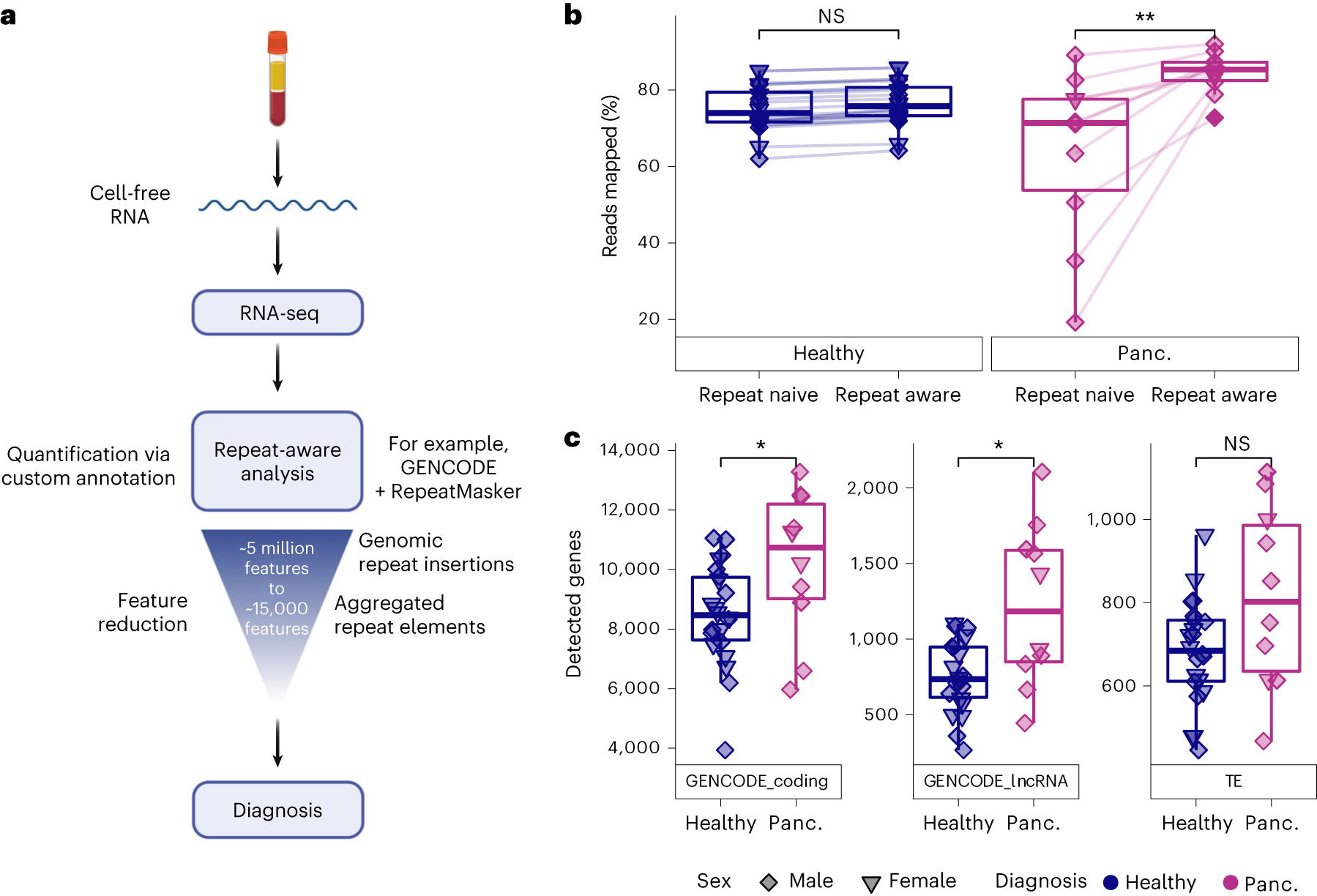
Profiling of repetitive RNA sequences in the blood plasma of patients with cancer
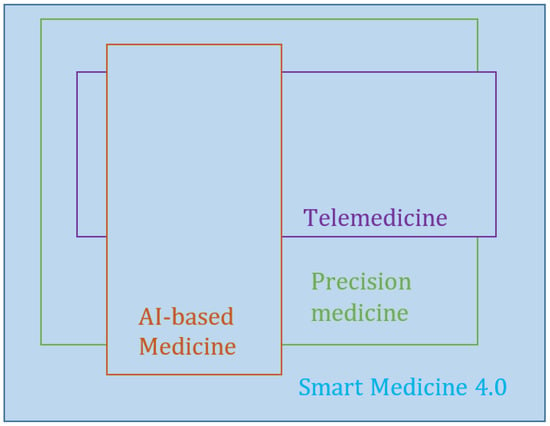
Vastu Ppt Get File - Colaboratory
Current Directions in Biomedical Engineering
Biotechnology & Bioengineering, Biotechnology Journal
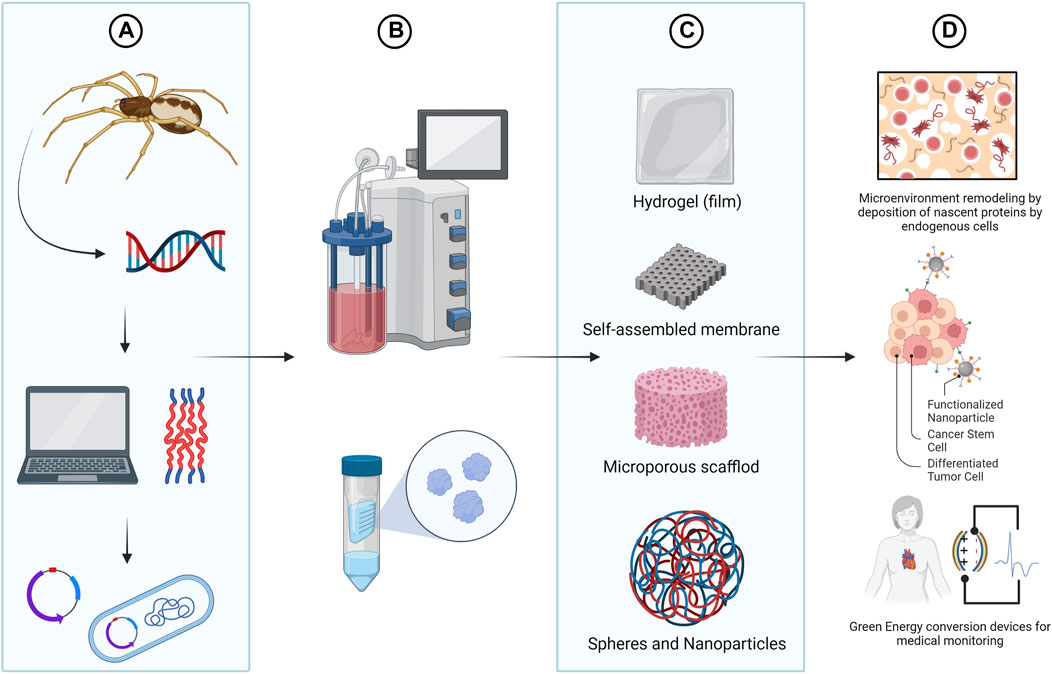
Frontiers Bioengineering of spider silks for the production of biomedical materials
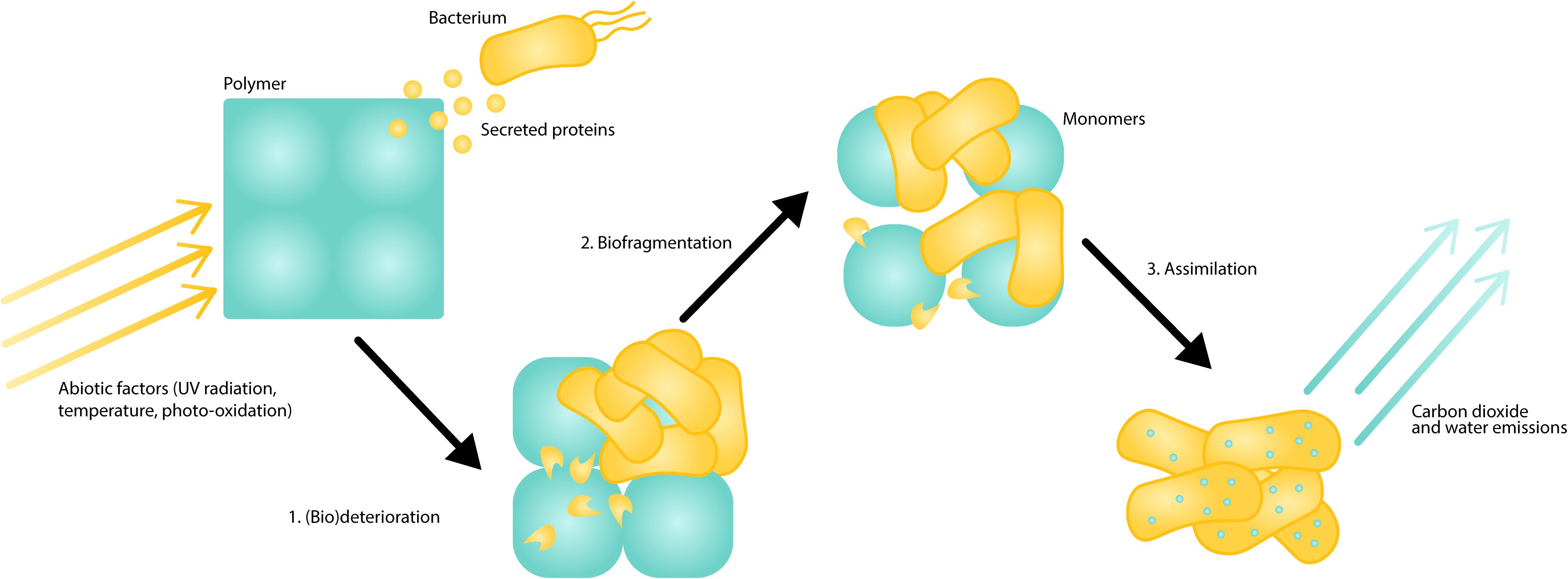
Frontiers Bioengineering a Future Free of Marine Plastic Waste

SOLUTION: Bioengineering..final - Studypool
Food Bioengineering - Wiley Online Library
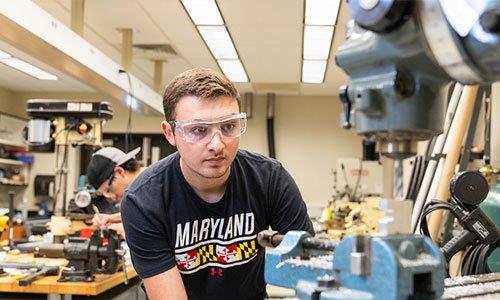
Bioengineering (BS)
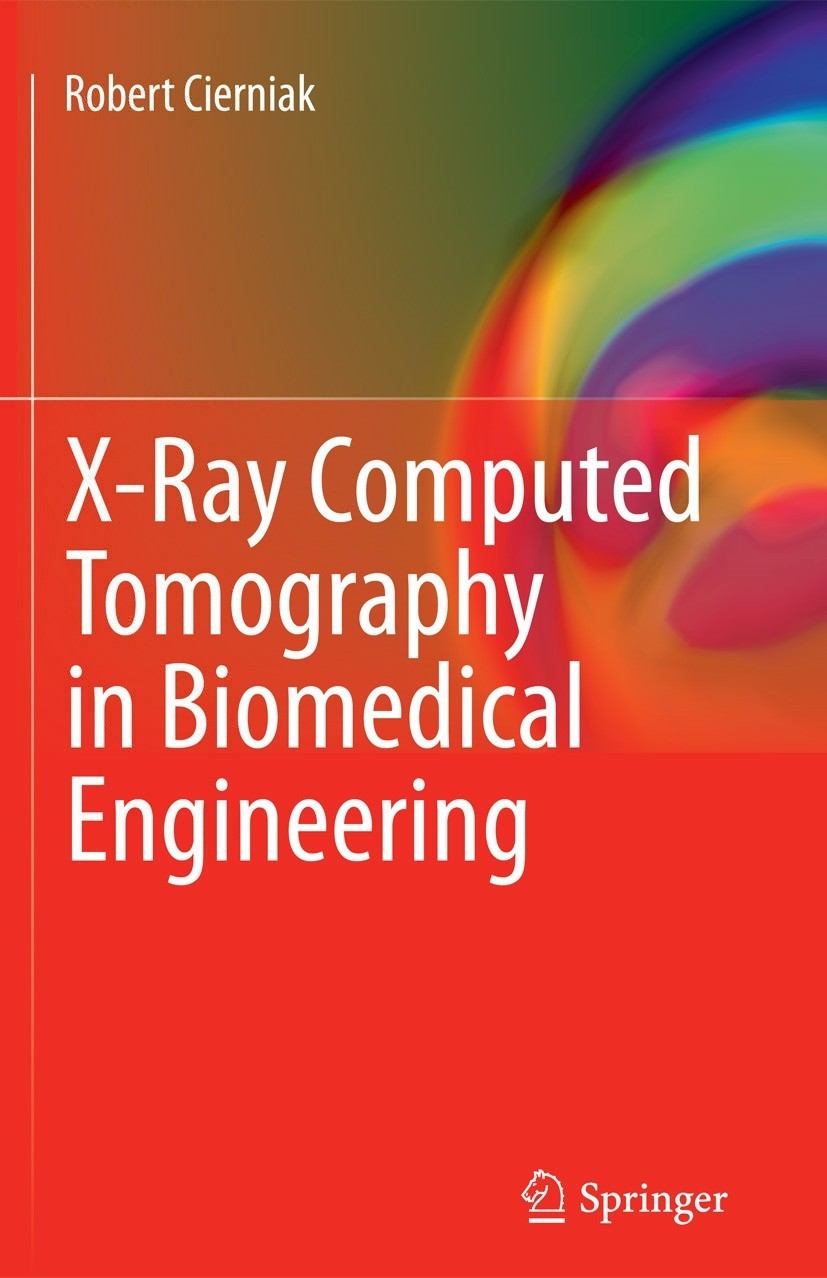
X-Ray Computed Tomography in Biomedical Engineering
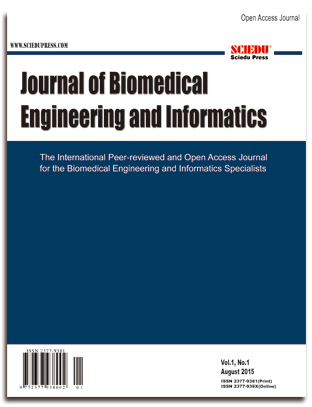
Journal of Biomedical Engineering and Informatics

On a Robust, Sensitive Cell-Free Method for Pseudomonas Sensing and Quantification
Recomendado para você
-
 Sold at Auction: GIANNINI 1900 SERIES MPB GCSM-31 TENOR UKULELE10 abril 2025
Sold at Auction: GIANNINI 1900 SERIES MPB GCSM-31 TENOR UKULELE10 abril 2025 -
King Comics #125 Value - GoCollect (king-comics-125 )10 abril 2025
-
 Betye Saar The New Yorker10 abril 2025
Betye Saar The New Yorker10 abril 2025 -
 Do Souto Cavaquinho, Waldir, 1976 (SOLD) – Choro Shop10 abril 2025
Do Souto Cavaquinho, Waldir, 1976 (SOLD) – Choro Shop10 abril 2025 -
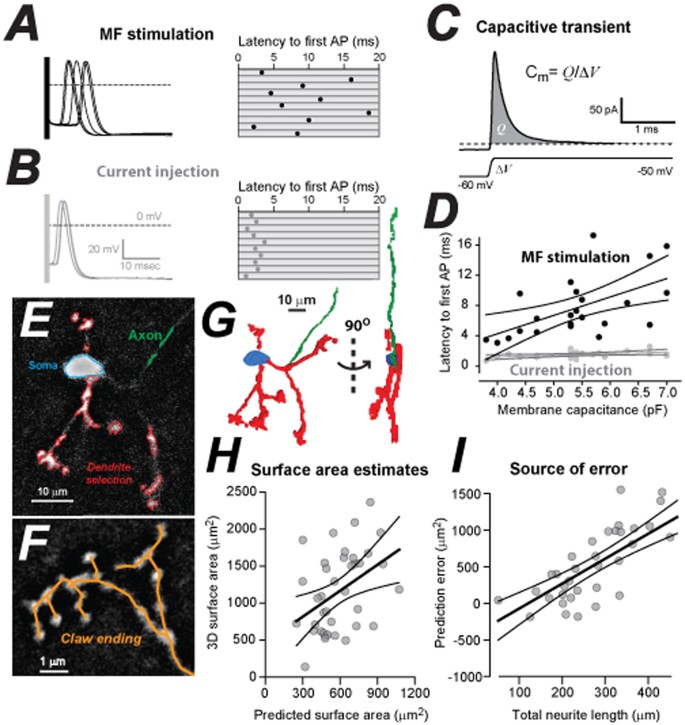 Exploring the significance of morphological diversity for10 abril 2025
Exploring the significance of morphological diversity for10 abril 2025 -
 👑 Hail Crow: King of Hell #1 MF DOOM Homage. Javan Jordan. CGC10 abril 2025
👑 Hail Crow: King of Hell #1 MF DOOM Homage. Javan Jordan. CGC10 abril 2025 -
 Maquinas 10 by Grupo Cultivar - Issuu10 abril 2025
Maquinas 10 by Grupo Cultivar - Issuu10 abril 2025 -
 Ceiling Grid Trim Clip (CGC) - Flannery Trim10 abril 2025
Ceiling Grid Trim Clip (CGC) - Flannery Trim10 abril 2025 -
 CGC Comic Grading: Allowable Defects in a CGC 9.8 – Bry's Comics10 abril 2025
CGC Comic Grading: Allowable Defects in a CGC 9.8 – Bry's Comics10 abril 2025 -
 Rótulo do refrigerante de Gengibre Bicri, qualidade con10 abril 2025
Rótulo do refrigerante de Gengibre Bicri, qualidade con10 abril 2025
você pode gostar
-
Stop it, Slender! - Roblox10 abril 2025
-
 Volkswagen Saveiro 1.6 Mi Titan Cs em Curitiba10 abril 2025
Volkswagen Saveiro 1.6 Mi Titan Cs em Curitiba10 abril 2025 -
 PHP Security Mini Guide Part 3: XSS and Password Storage10 abril 2025
PHP Security Mini Guide Part 3: XSS and Password Storage10 abril 2025 -
 Metacritic's 10 Highest Rated Games, According To User Score10 abril 2025
Metacritic's 10 Highest Rated Games, According To User Score10 abril 2025 -
 Yukon Solitaire - Play Online on10 abril 2025
Yukon Solitaire - Play Online on10 abril 2025 -
Eliane Moraes e Cia10 abril 2025
-
 Armzss on X: Name an anime character that you just can't hate 👇 / X10 abril 2025
Armzss on X: Name an anime character that you just can't hate 👇 / X10 abril 2025 -
![HURRY/FOR 1 DAY ONLY] GET NEW FREE HAIR 🤩🥰](https://i.ytimg.com/vi/GI9OETKb5dg/maxresdefault.jpg) HURRY/FOR 1 DAY ONLY] GET NEW FREE HAIR 🤩🥰10 abril 2025
HURRY/FOR 1 DAY ONLY] GET NEW FREE HAIR 🤩🥰10 abril 2025 -
George R.R. Martin Defends 'House of the Dragon' Time Jumps10 abril 2025
-
Does Naruto use Baryon mode in the anime (Boruto)? What episode? - Quora10 abril 2025


